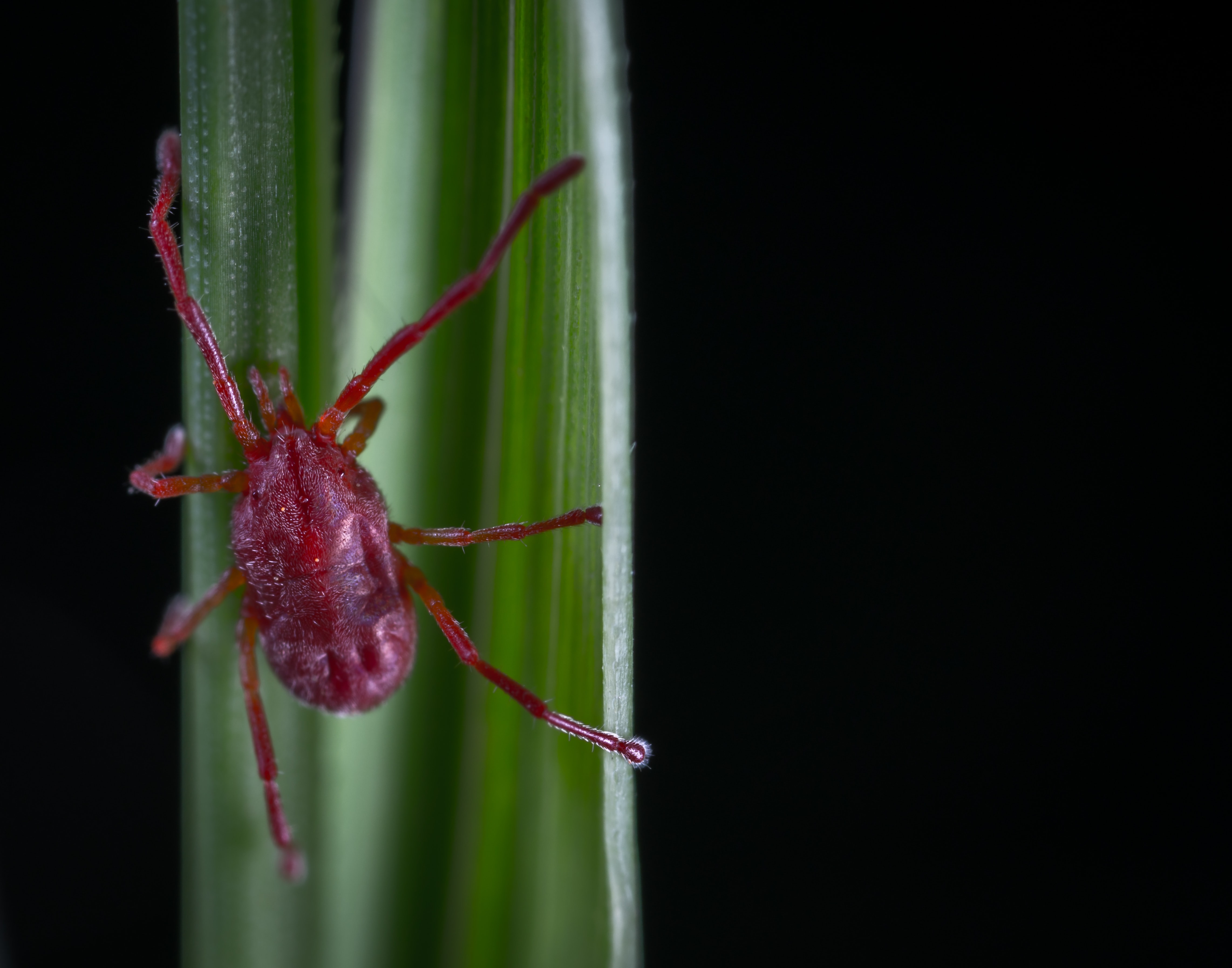Keeping your pet healthy should be a top priority for any pet owner. From covering them in love to making sure they stay active and get enough exercise, the most important thing is to give them the best care possible. But sometimes that means dealing with pesky pests too! Knowing what these common pests are, and how to protect your pets from them, is essential for all pet owners.
In this blog post, we’ll discuss 6 of the more common pests that you may find on your pet, so you can take an informed approach when it comes time to defend against these unwelcome visitors. Here’s hoping none of us have repeat visits (or first visits!) from any of these guests soon!
1. Fleas
Fleas can be a nightmare for any pet owner, and they can really drive you mad trying to remove them. The symptoms of a flea infestation include intense scratching and sometimes hair loss on the affected pet. It is important to treat your pet quickly if these signs are present. Proper treatment usually requires flea shampoo, oral medication, or topical cream, plus daily vacuuming to remove eggs from the environment.
As far as prevention goes, regular vet checkups are recommended, as well as flea collar products or spot-on applications designed to keep the pesky critters away from your pet in the first place. Don't despair when it comes to dealing with fleas; with proper treatment and prevention measures, you can defeat them!
2. Ticks
One of the most dangerous pests you may find on your pet is the tick. Not only is a bite from a tick quite painful for your pet, but it can also cause serious health issues. Ticks carry and transmit diseases like Lyme disease and Rocky Mountain spotted fever and can even pass parasites such as tapeworms to your pet. Symptoms of tick bites are skin redness, severe itching, hair loss near the infected area, swelling, and lethargy in your pet. If you suspect that your pet has been bitten by a tick, prompt medical treatment should be sought to prevent further infection.
Fortunately, there are several prevention methods available to ensure protection against ticks. When it comes to removing ticks from your dog or cat, it’s important to use a tick removal tool and follow the instructions carefully; tweezers can be used but can cause the tick to release more saliva, resulting in an increased risk of infection. Keeping up with regular vet care will help to detect early signs of infection and protect both you and your beloved furry family members!
3. Mites
Mites are one of the six common pests that may afflict your pet. Mites cause skin irritation and infections, so it's important to spot the symptoms early. These tiny parasites can be difficult to detect, but typically infected animals experience itching, hair loss, rashes, or hives. Additionally, you may notice scabs or crusty patches on their skin if you look closely. Treatment for mites includes topical medications and oral medication to kill the parasites and reduce the irritation on your pet's skin.
Additionally, baths with medicated shampoo will aid in preventing mite infestations from recurring. Regular vet visits can also help catch mite infestations early and ensure that any successful treatment protocols are implemented promptly before they spread further. Taking these steps can help protect your beloved pet from these pesky invaders!
4. Lice

Nobody likes finding lice on their pet, but it's a possibility that you should be aware of. Lice don't tend to cause serious harm to pets, however, they can be quite contagious and bothersome. Most often, you'll notice that your pet is scratching more than normal or has scabs around the base of its ears or neck. An intensive brushing may reveal small grayish-white lice or eggs that are stuck to the fur.
To treat and prevent an outbreak of lice, be sure to clean your pet's bedding and other fabrics they come into contact with regularly and thoroughly bathe them with a flea shampoo that is known to kill lice. Additionally, keep your pet away from other animals until there is no longer any evidence of lice.
5. Heartworms
Heartworms are a potentially fatal problem for many pets, but being aware of their signs and treatments can help to protect your furry friends. Heartworms are caused by parasites that travel through the bloodstream, often entering the body when a pet is bitten by an infected mosquito. Common symptoms of heartworms include coughing, fatigue, weight loss, and even respiratory distress. In some cases, especially when left untreated for long periods of time, the parasites can cause fatal damage to the heart and lungs.
Fortunately, effective treatments are available from your veterinarian; these might include medications or surgeries to remove any visible worms from the body. With proper prevention and prompt medical attention, you can help keep your precious pet safe and healthy.
6. Worms
If your furry companion is scratching more than usual, you may want to check for worms. There are several types that can affect pets, and all require different treatments. Most commonly, dogs get roundworms or hookworms, while cats are predisposed toward tapeworms. Most of these worms can be treated with oral medications or topical treatments given by a vet. Pinworm infections may require benzimidazoles or fenbendazole to clear quickly and effectively. Whipworms are notoriously difficult to diagnose, but many veterinarians will perform a stool sample to look for eggs in order to make sure the correct medicine is applied to your pet's needs. Whatever parasites may have infected your pet, it is important to take them seriously and consider the right treatment plan for maximum success.
Ultimately, it is important to be aware of the common pests that can affect your pet and know how to properly address them. After all, as a pet owner, one of your highest priorities should be keeping your furry family member safe and healthy. While fleas, ticks, mites, lice, heartworms, and worms are six common pet pests that frequently arise, there could always be other things that could invade the life of your current or future pet. Keep an eye out for any unusual behaviors from behaving lethargic or scratching more than usual as they may be signs of a pest problem.
Arm yourself with knowledge in order to spot these creatures early on and work with your veterinarian to make sure you are up-to-date on the correct preventative measures needed. From there, you can then enjoy regular quality time with your pet without having to worry about unfortunate pest problems.

